Carol Mimura’s message to innovators: ‘Take risks. There is no shame in failure.’
Mimura, a UC Berkeley staffer and winner of the inaugural Faces of American Innovation award for her role in patenting cancer breakthroughs, shares family history and her own trailblazing journey.
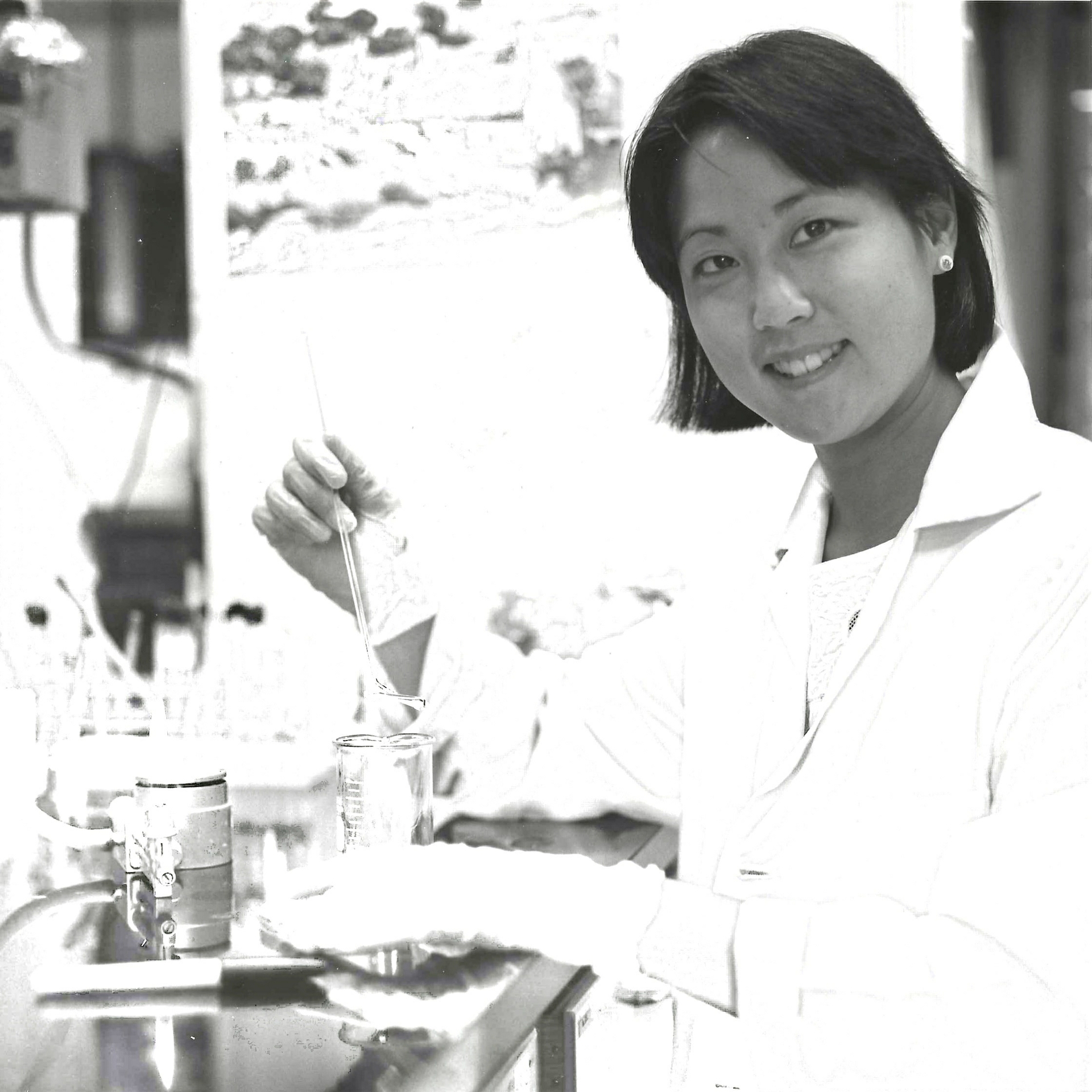
Courtesy of Carol Mimura
November 14, 2023
This I’m a Berkeleyan was written as a first-person narrative from an interview with UC Berkeley Assistant Vice Chancellor for Intellectual Property and Industry Research Alliances Carol Mimura. This story is also part of the Berkeley Changemaker series, which highlights innovative members of the campus community engaged in work and research that tackles society’s most pressing issues.
As a kid growing up in Birmingham, Michigan, I never had trouble competing with the boys.
We had an extra lot behind our house, and my brother, his friends and all of the kids in the neighborhood would come over to play baseball, football and race their bikes. I was very athletic, always competitive, and accustomed to being the only girl.
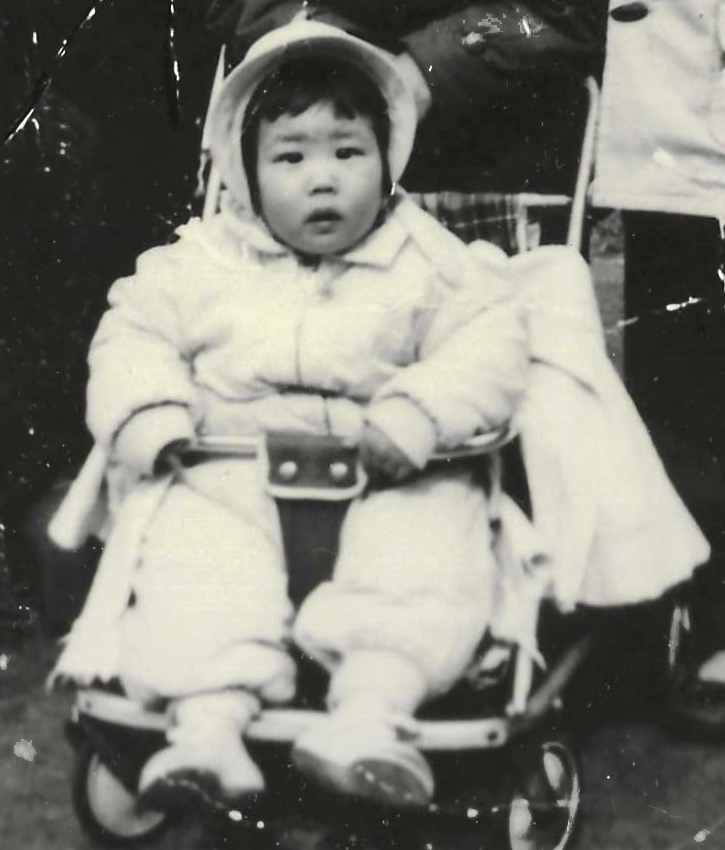
Courtesy of Carol Mimura
In a lot of ways, that prepared me for the nearly 50 years I have been a student, researcher, consultant and facilitator of knowledge transfer in academia — an institution that has historically been male-dominated. Navigating my professional career as a Japanese American woman also brought other barriers.
In your formative years, when you don’t see people who look like you — doing what you do — it can be easy to doubt yourself. We are now seeing more parity, but it wasn’t always that way.
As UC Berkeley’s assistant vice chancellor for Intellectual Property and Industry Research Alliances (IPIRA), I was asked to share my story because of an award I received on Capitol Hill and the White House. The honor was given to me for my role in helping to patent and commercialize an immunotherapy cancer treatment invented at Berkeley by Nobel Prize-winning immunologist and professor James P. Allison. But it took nearly 15 years to get Jim’s treatment, Yervoy, into the clinic. I didn’t do it alone.
The credit goes to our entire IPIRA team and many others in the commercialization pipeline. At Berkeley, creativity and innovation come from the diversity of opinions shared by people from different backgrounds, disciplines and upbringings. We want to prioritize the inclusion of people who are outside of the industry’s normal, narrow demographics. And I have made diversifying our industry a priority.
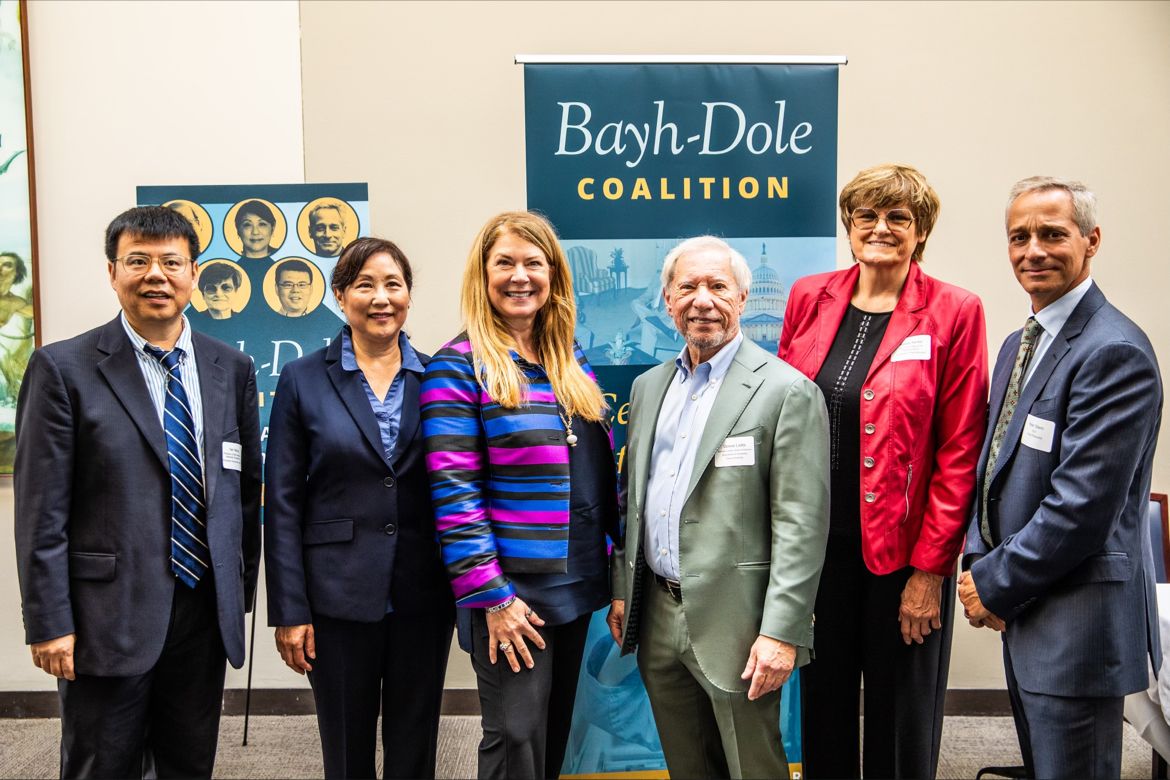
Courtesy of Carol Mimura
I co-authored a policy paper published by Science that advocates to include innovation and entrepreneurship metrics in promotion and tenure decisions, to help diversify and increase participation levels. Though that may seem controversial to some, these are discussions and ways of thinking we should address to combat inequities.
Inequities that I have experienced in my own personal journey.
Growing up in a mostly-white suburban neighborhood in Michigan, I was referred to as “the Chinese girl,” even though my family was Japanese American.
For my mother, a bacteriologist, and my father, a surgeon, getting straight A’s was expected. As was upholding tenets of our culture, showing respect for my elders and prioritizing innovation for the betterment of the world.
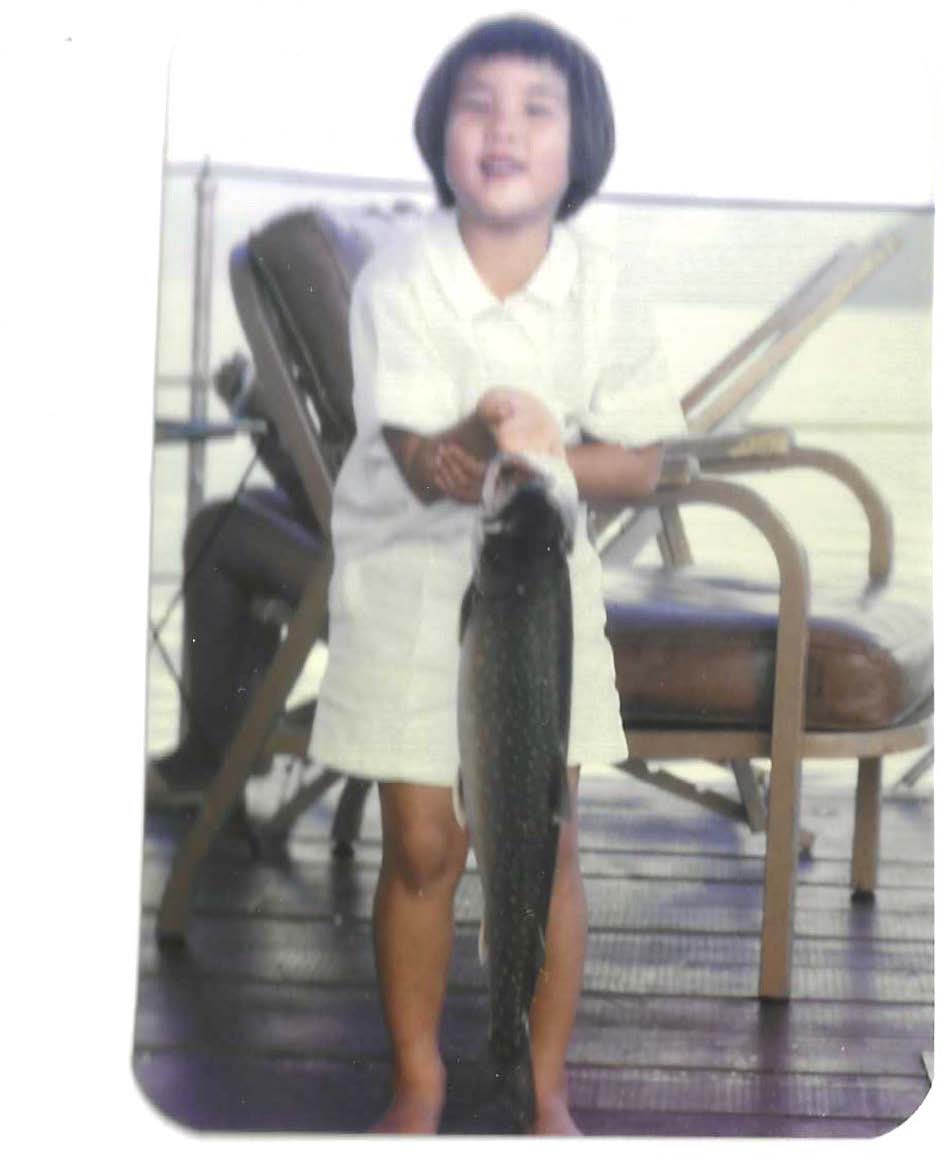
Courtesy of Carol Mimura
But I grew up in a community where people would come up to me and touch my head and say, “Oh, your hair is so black!” Since I was one of the only Asian girls in the area, stereotypes were also projected toward me.
Racial slurs that I remember to this day.
While those memories are unfortunate, I had a happy childhood. My elders, as Japanese Americans during World War II, endured so much more.
As a medic during the war, my father was part of the 442nd Regimental Combat Team. Referred to as the “Go for Broke” unit, he fought alongside soldiers like the late U.S. Sen. Daniel Inouye. He faced extreme hardships while battling across Europe and was wounded twice.
At the same time, my father’s sisters and other family members were forced into internment camps because of America’s xenophobia around Japan’s attack on Pearl Harbor.
My aunt once told me she and other internees tried to rationalize what happened to them to remain sane in captivity. They debated incessantly that they must have done something wrong. Yet, our family had thoroughly assimilated into American life within one generation. My mother’s side of the family, in particular, had been in the U.S. three decades before World War II began.
When I learned about this chapter of U.S. history as a young adult, I understood they did nothing wrong.
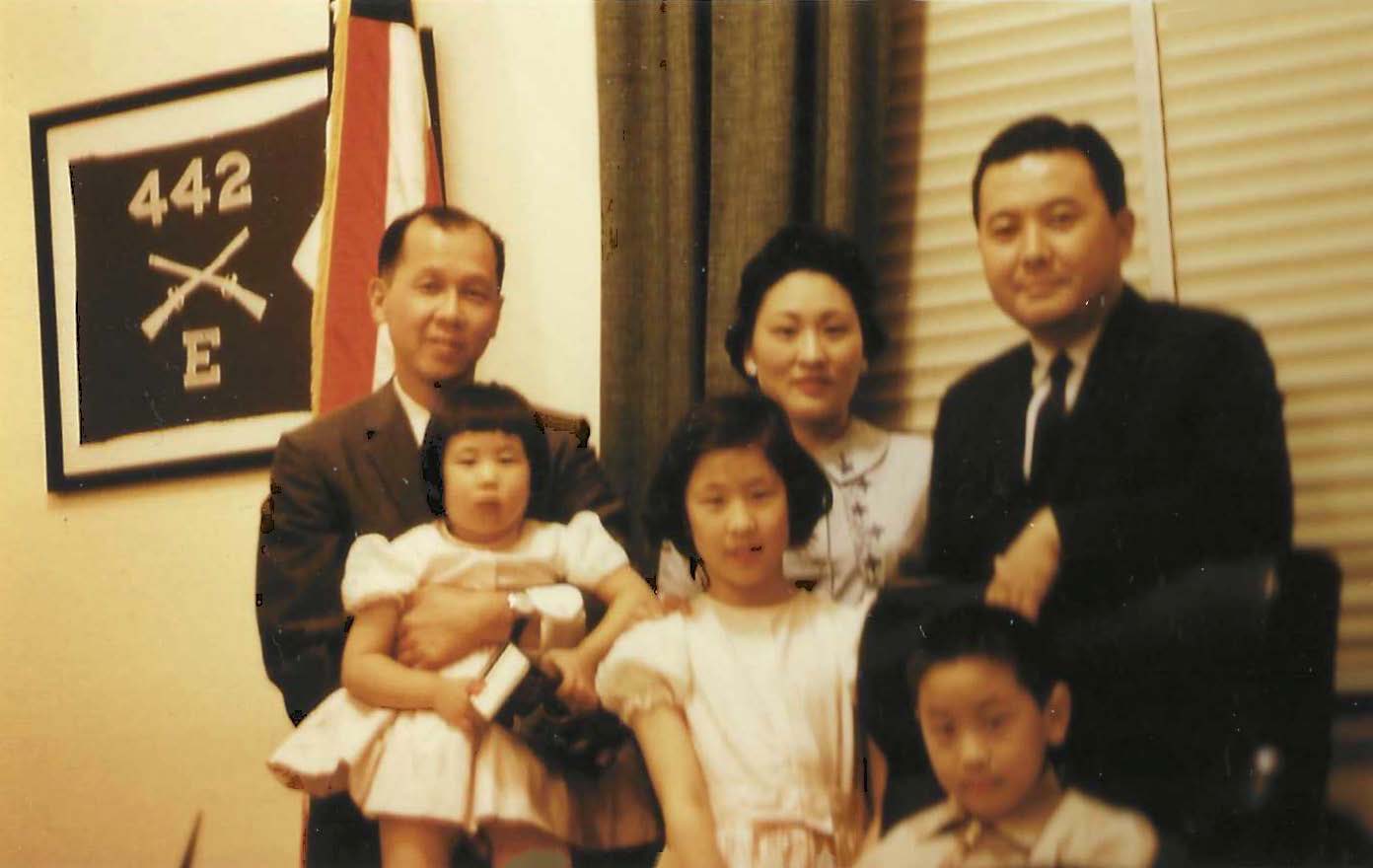
Courtesy of Carol Mimura
My father’s unit consisted almost entirely of second-generation Japanese American soldiers. They fought so hard to prove their loyalty to America and ultimately became the most decorated unit in U.S. military history. In a presidential citation they received, President Harry S. Truman told the men, “You fought not only the enemy, you fought prejudice — and you won.”
I like to think I inherited some of that trailblazing, “Go for Broke,” spirit.
As an undergraduate at Yale University, I took an introductory biochemistry course that sparked my interest in science. Studying biochemistry to understand how molecules work and how they are the basis for life is just inherently fascinating.
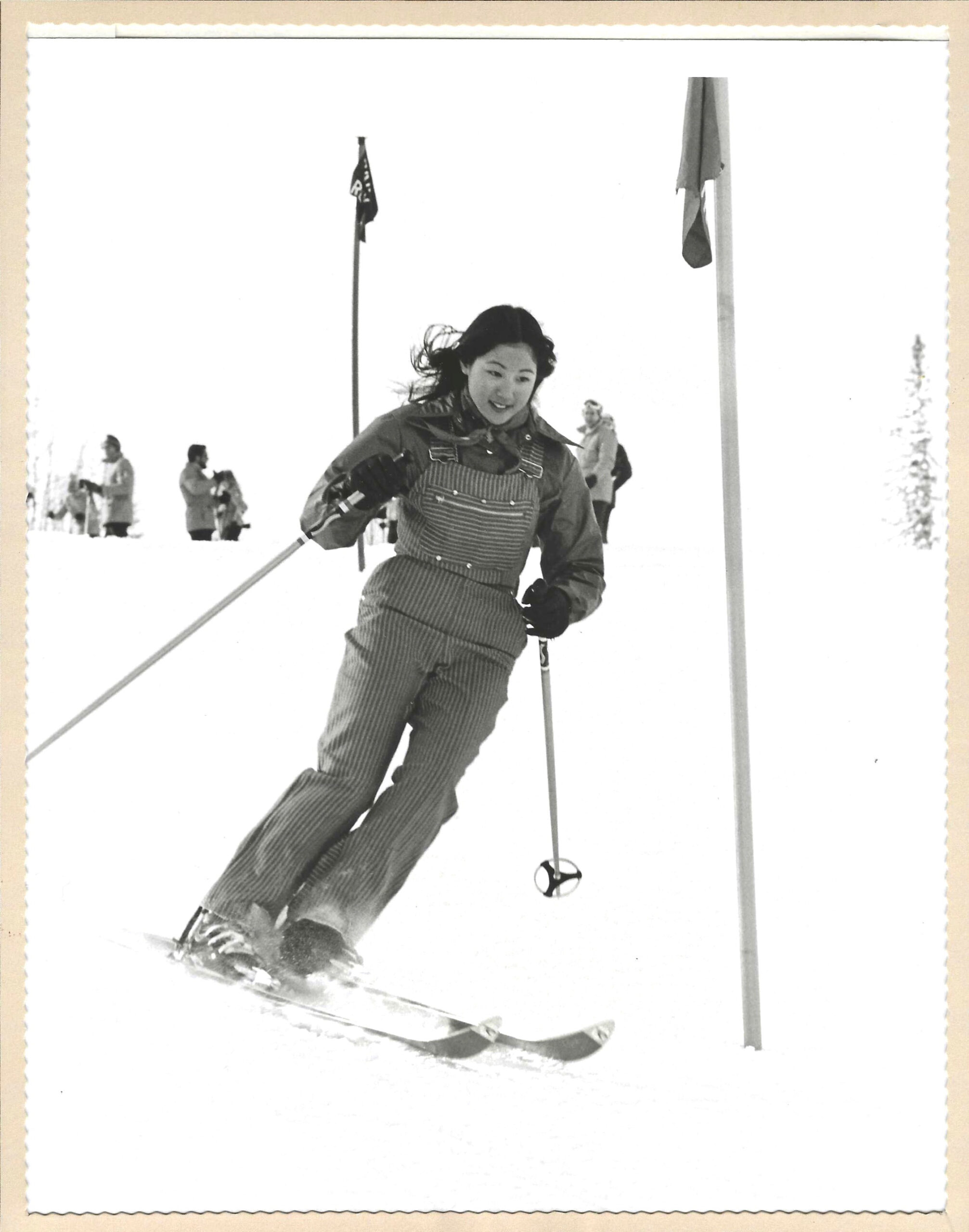
Courtesy of Carol Mimura
But it was the early days of coeducation at Yale, and the ratio was 13-to-1 in favor of male students. It was a risk, and somewhat unheard of, for women to pursue this field of study.
That did not stop me.
Myself and another student would be the first women to receive a bachelor of science degree in molecular biophysics and biochemistry from Yale. I then completed a Ph.D. at Boston University, and in the mid-1980s I went to Berkeley as a postdoctoral fellow to do research on membrane transport proteins.
Back then, the typical career path was you kept your head down through over 20 years of schooling. You’d complete a postdoctoral fellowship, become an assistant professor at a university without knowing after five long years whether you would be tenured.
As a postdoc, I consulted for a company once a week even while supported by a National Institutes of Health grant. It wasn’t the typical path a postdoc takes so early in their career, but consulting was enlightening and financially rewarding. It introduced me to the business side of science and innovation. It was a career path I didn’t even realize existed.
In that era, we didn’t receive training — as students and postdocs do now — on non-academic careers. It was a risk for me to pursue. I did it anyway.
I learned so much consulting for companies like Cor Therapeutics, Terrapin and Genomyx. Later, I took a position as an analyst at Technology Forecasters, where I learned the practical applications of research and how to get products commercialized.
When it comes to translating changemaking research to the market, companies and their investors take a leap of faith.
I came back to Berkeley in 1993 as an intern in the Office of Technology Licensing under the mentorship of its director at the time, William Hoskins. William gave me a chance because I had been a researcher in Berkeley’s biochemistry department and I knew many other life science researchers on campus.
It was evident that companies needed global patents in order to justify the enormous expense of investing in a product. I took intellectual property law courses to understand copyright and patent laws, trademarks, trade secrets and contracts.
I also developed marketing skills to help inventors articulate their answers to basic questions of commercializing research: What is it? What problem does it solve? What is the commercial potential? And how is it a new and unobvious solution?
I rose through the ranks, and in 2004 I established IPIRA and became its assistant vice chancellor.
As a minority woman, throughout the years I have found myself in innovative circles where I felt like an outsider.
In IPIRA, we obtain research funding, materials and data from industry to support Berkeley’s laboratory research. We patent inventions made at Berkeley and license them to companies for development into commercial products based on the inventions — and we support entrepreneurs and startup companies.
This model was highly unusual in 2004, but was encouraged by University of California’s Office of the President, which funded this new approach to getting things out of the laboratory and into use for public benefit.
When it comes to translating changemaking research to the market, companies and their investors take a leap of faith. Companies often invest more than 10 years of research and development and spend over $2 billion to bring drugs and products to market.
Yet, 95% of new drugs fail in human clinical trials.
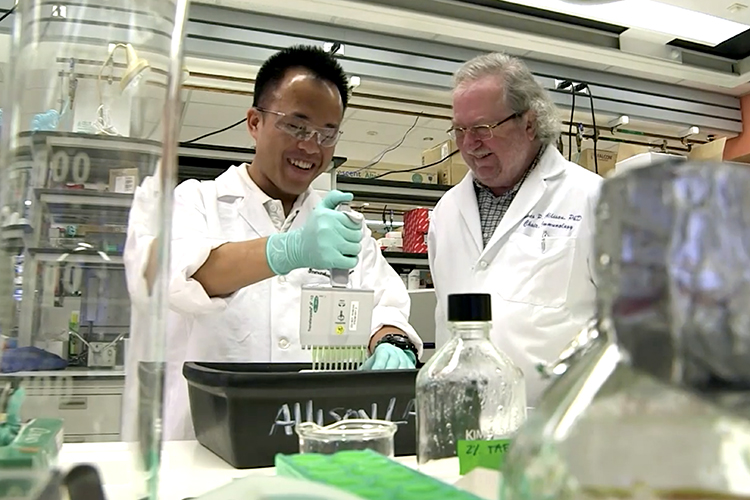
Stephen McNally/UC Berkeley
My attempts to find a licensee for Allison’s pioneering invention was met with skepticism and resistance. Most companies declined, saying, “That will never work. Patients will die of un-targeted autoimmune effects before any tumor shrinks.” But through Jim’s dogged persistence, and investments by many companies, he found a way to treat cancer by unleashing the power of the patient’s own immune system.
A portion of the proceeds from Allison’s Nobel Prize-winning drug, YervoyTM, were used at Berkeley to help build new biology teaching labs, augment animal use facilities, purchase research equipment and construct a building where the Innovative Genomics Institute was first established. It is there where the applications of Jennifer Doudna’s Nobel Prize-winning genome engineering discoveries, CRISPR, are being explored.
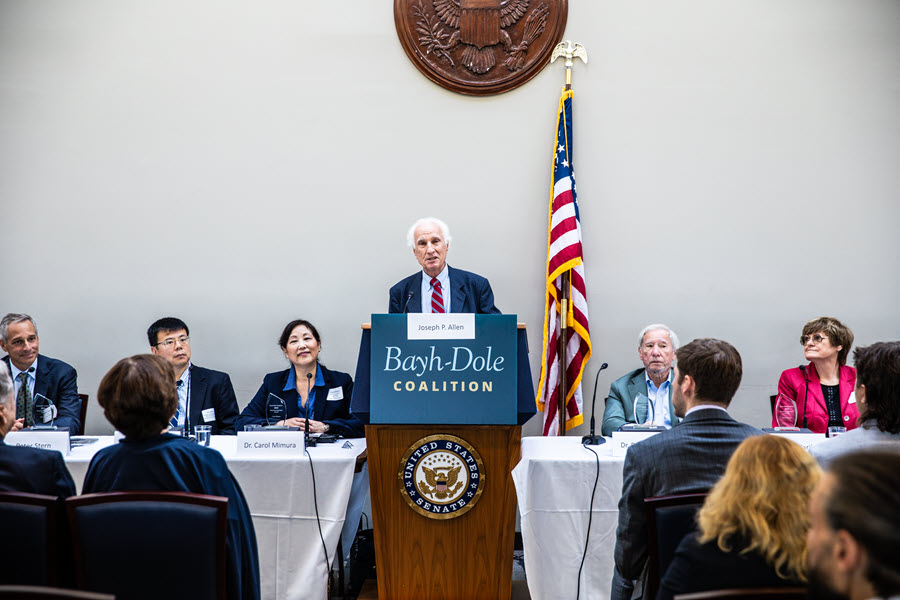
Courtesy of Carol Mimura
This is the cycle of discovery, translation and reinvestment into the research enterprise that the U.S. federal Bayh-Dole Act intended to foster when legislators crafted this law that gave universities the right to own the inventions they make using federal grants.
The talented team members in IPIRA have helped to commercialize products that have changed lives. Products like exoskeletons that help paraplegics to walk, systems that create clean electricity from wave energy, materials that harvest water from the air and robotic surgical devices, just to name a few.
We have also worked with collaborators around the world to find new business models and contract language to deploy inventions made at Berkeley to help improve global health.
No one group of people knows everything. Input from all different corners of society is needed to advance, to foster creativity and innovation.
More than 280 startup companies have been founded to commercialize intellectual property rights from Berkeley, and over 1,300 companies have sponsored research at Berkeley. It’s fulfilling for us to see ideas that began as research proposals become life-changing inventions. It’s also a privilege to be involved with research that give students opportunities to work on projects that advance their career goals.
Innovation and entrepreneurship at Berkeley has continued to blossom over the decades. A dedicated innovation and entrepreneurship at website was recently launched at Berkeley, which is a testament to the central role that entrepreneurship plays in Berkeley’s relevance to the world.
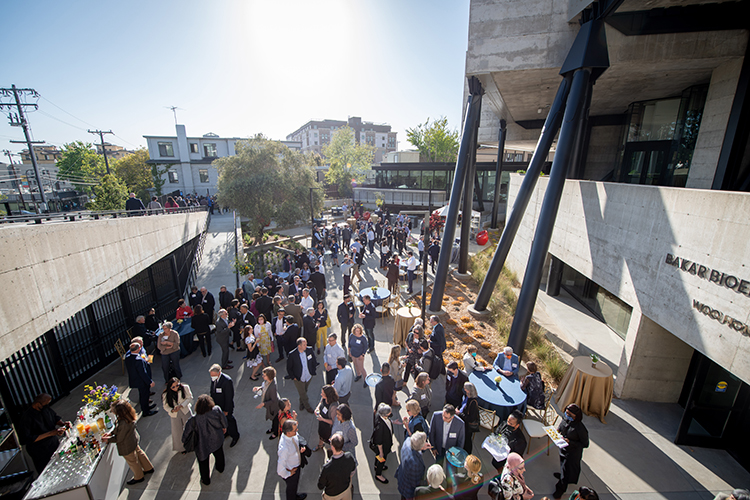
Keegan Houser/UC Berkeley
At IPIRA, we hope to continue to broaden the lens of what an inventor or entrepreneur looks like. We try to be aware of inherent biases to understand positive ways to diversify the industry.
Our office co-published a study that queried the reasons why 17% of company founders are female, but receive only 3% to 4% of venture capital funding. The research found it was not due to the lack of return-on-investment by female founders compared to male founders. Rather, the discrepancy is due to selection bias that favors male over female founders. Moreover, startups with at least one female founder achieve an initial public offering or acquisition faster than those without a female founder.
No one group of people knows everything. Input from all different corners of society is needed to advance, to foster creativity and innovation. We hope our research will change the private equity industry and how funders make decisions.
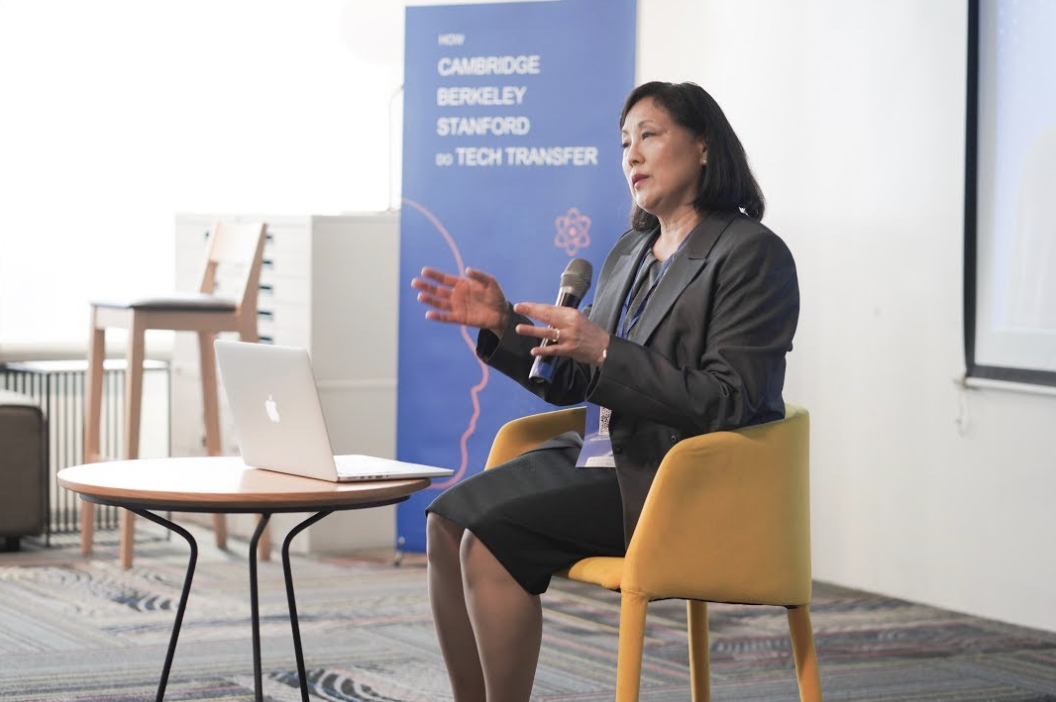
Courtesy of Ananda UrbanTech
As a minority woman, throughout the years I have found myself in innovative circles where I felt like an outsider. But I knew I brought value not only from my determination and skillset, but my perspectives and “Go for Broke” spirit.
For students and researchers that hope to make a difference through their inventions, startups and research, I’d say: “Take risks. There is no shame in failure. You have a palpable, accepting and inclusive ecosystem of innovators at Berkeley that is unlike anywhere else. Take advantage of that and don’t be afraid to share your ideas. At Berkeley, everyone has a voice and a way to contribute. And every voice should be heard.”